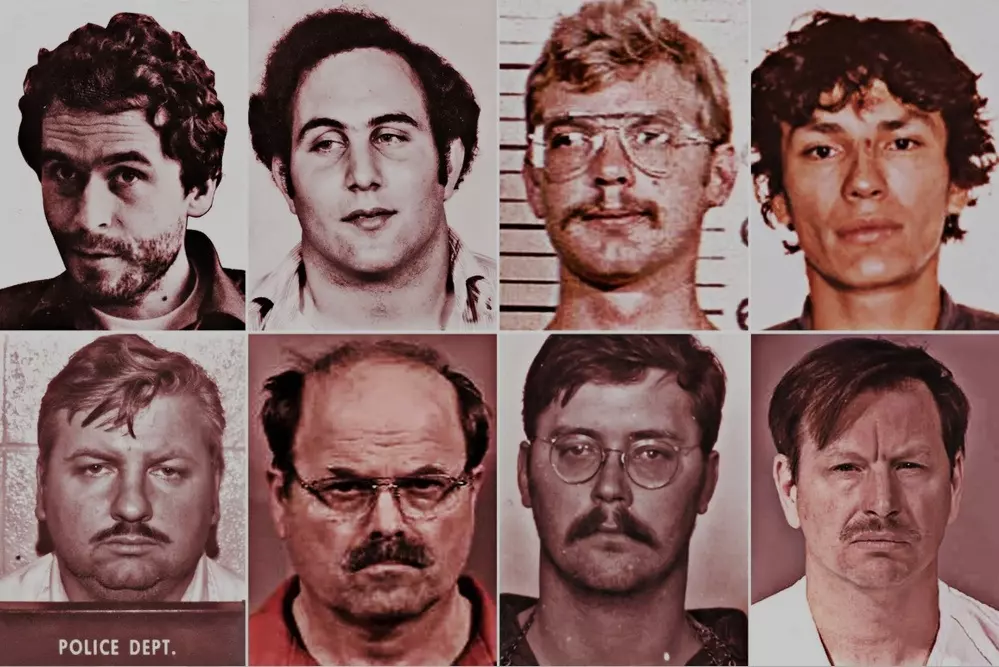Almost everyone knows who Kurt Cobain is — a cultural icon, the subject of countless dark jokes about suicide, and to some, a symbol of the so-called "decaying America." But who was he really, and why is he still remembered more than 20 years after his death?
We’ve explored what made the band Nirvana truly unique, how one of the greatest dramas in modern rock unfolded, and why grunge wasn’t just a genre — it was a movement. Read on to discover the full story behind one of Seattle’s brightest musical legends.
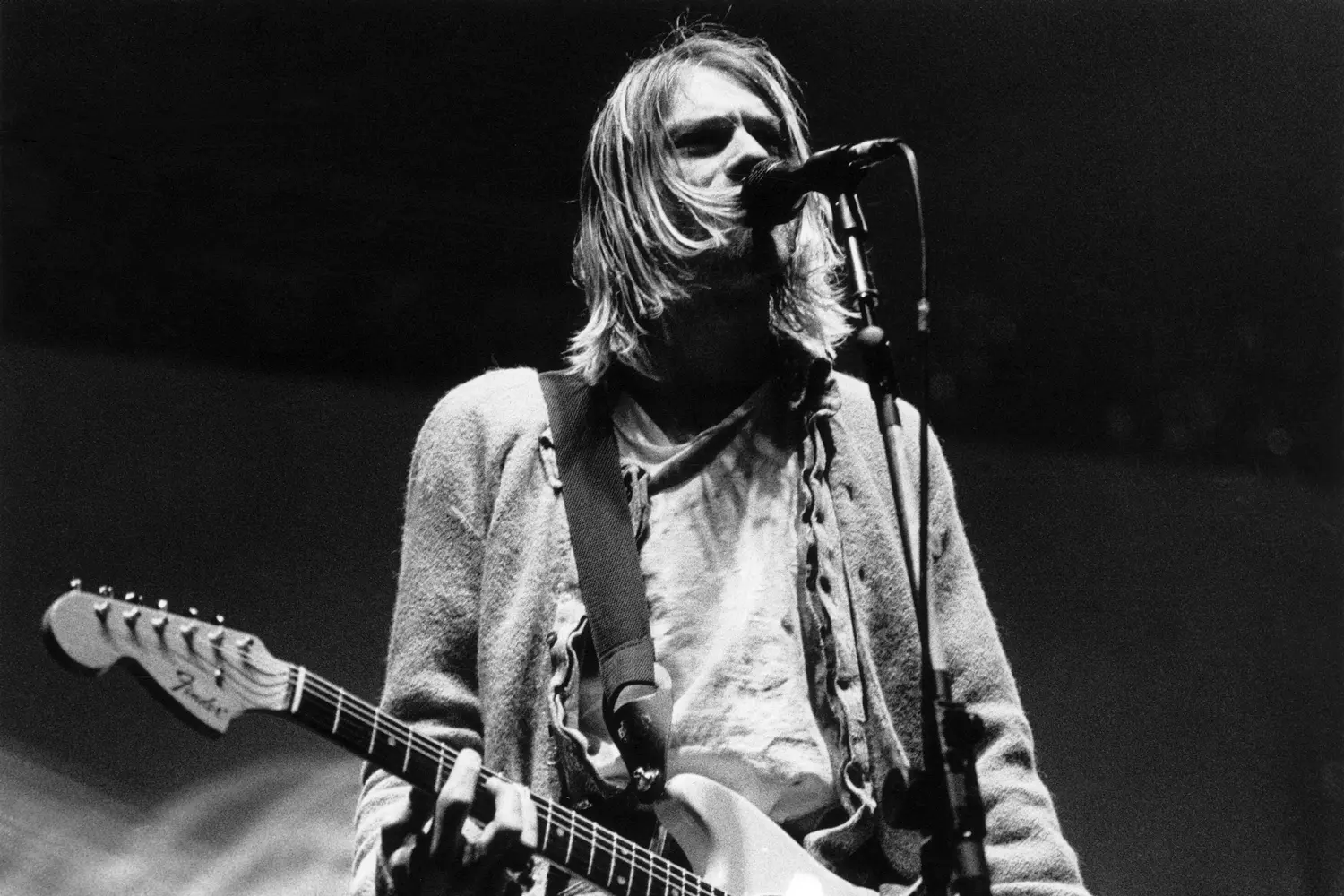
Who is Kurt Cobain?
Seattle holds a special place on the map of American rock history. Among the key figures of the so-called "Seattle scene" were, without question, the band Nirvana and its frontman, Kurt Cobain. Some call them overrated, others hail them as the voice of a generation — and many still haven’t truly discovered who they were. So let’s dive in: who were they really, what made their music matter, and why do they still resonate in global culture?
Early Life and Music
Kurt Donald Cobain was born in Aberdeen on February 20, 1967, but spent most of his life in Seattle, Washington. His family was what you might call creatively inclined — music and art were everywhere, and Kurt was drawn to both. The divorce of his parents hit him hard and planted the seeds of insecurity and emotional turmoil. Not long after, by age 13, this would spiral into drug use and alcohol.
Despite quickly gaining “expertise” in smoking, injections, and drinking anything he could find, Kurt never let go of music — quite the opposite. He could already play drums and guitar as a kid, and later wrote his first song under a bridge, driven by despair and a refusal to fit into a society he saw as broken. He had something to say to those who kept ignoring the underground scene and the raw emotions of youth culture at the time.
And off it went. There were a few clumsy punk bands in the beginning — more like a hobby. But then came Nirvana. And with it, the birth of grunge.
If you put together all the stereotypes about Cobain, you get an unenviable set — drug addict, melancholic, suicide. But in reality, everything is of course deeper and not so bad.American Butler
What is grunge
Let’s start with the basics. Grunge music — often referred to as the “Seattle sound” — is a blend of punk and hard rock, marked by intentionally “dirty,” unpolished sound and an aesthetic of laid-back rebellion.
From the mid-1980s to the early '90s, the genre remained mostly underground in Seattle. But everything changed with the release of one of Nirvana’s iconic albums — grunge exploded into the mainstream and became one of the dominant styles in American music. The most influential bands that shaped the genre include Nirvana, Pearl Jam, Soundgarden, and Alice In Chains.
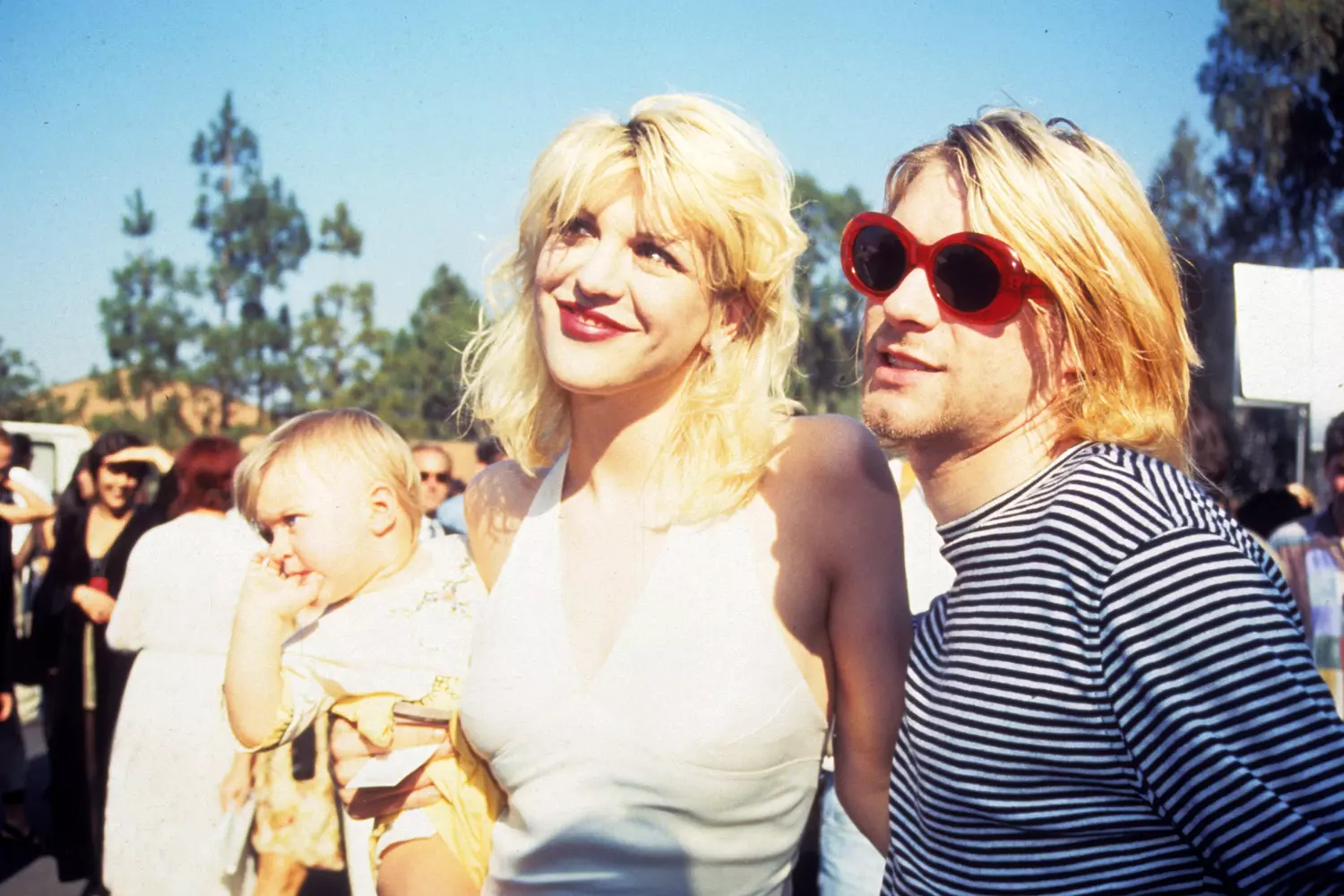
The Birth of Nirvana
In 1987, Kurt Cobain and bassist Krist Novoselic formed a band that initially went by names like Skid Row and Fecal Matter, before finally settling on Nirvana. The name — a reference to spiritual enlightenment — perfectly matched the music’s raw emotion, pain, and longing for freedom.
The Nirvana Lineup
Nirvana was the shared creation of Cobain and his friend Krist Novoselic. The band saw several lineup changes early on, but the iconic trio included:
- Kurt Cobain — vocals, guitar;
- Krist Novoselic — bass guitar;
- Dave Grohl — drums.
In 1989, the band released its debut album, Bleach. Dark, gritty, and unrefined — it was the prelude to the explosion that would come two years later.
Nirvana had technically launched in 1988, but the real storm hit in 1991 with the release of Nevermind and the legendary single “Smells Like Teen Spirit”. The song shot to the top of the Billboard charts, the band became a global phenomenon, and Cobain’s voice was hailed as the voice of a generation.
The band, however, wasn’t thrilled with the fame. Cobain, in particular, was uncomfortable being treated like an idol. The only upside they saw in the public spotlight was the opportunity to promote their social and political ideals.
Ideology as a Form of Protest
Nirvana stood firmly for women's rights, bodily autonomy (especially during heated debates about motherhood), and LGBTQ+ rights. They protested domestic violence, the worship of materialism, racism, and other social injustices that stirred public discourse.
More personally, Kurt Cobain often spoke out against drug use, urging young people not to follow in his footsteps. He advocated for spending time on “cleaner and more joyful things,” despite his own struggles with addiction.
The Dark Side of Fame
Fame rarely comes without a cost. Kurt suffered from chronic pain, depression, and substance abuse. His marriage to Courtney Love only added more drama to his life. Despite the birth of their daughter, Frances, his inner demons became harder to silence. The spotlight, media pressure, and endless gossip only made things worse.
At one point, the couple nearly lost custody of their child due to rumors of drug use around the baby. Everyone seemed to be counting Cobain’s money and questioning his motives, searching for fakeness in every move he made.
In response, the band deliberately made their next album darker and more abrasive — but avoiding commercial success was impossible. The 1993 release of In Utero brought more critical acclaim, more media frenzy, and even heavier obligations. The album was raw, painful, and deeply personal — almost autobiographical. Critics were divided, but fans could feel it: Cobain was speaking directly to them, without filters, with brutal honesty.
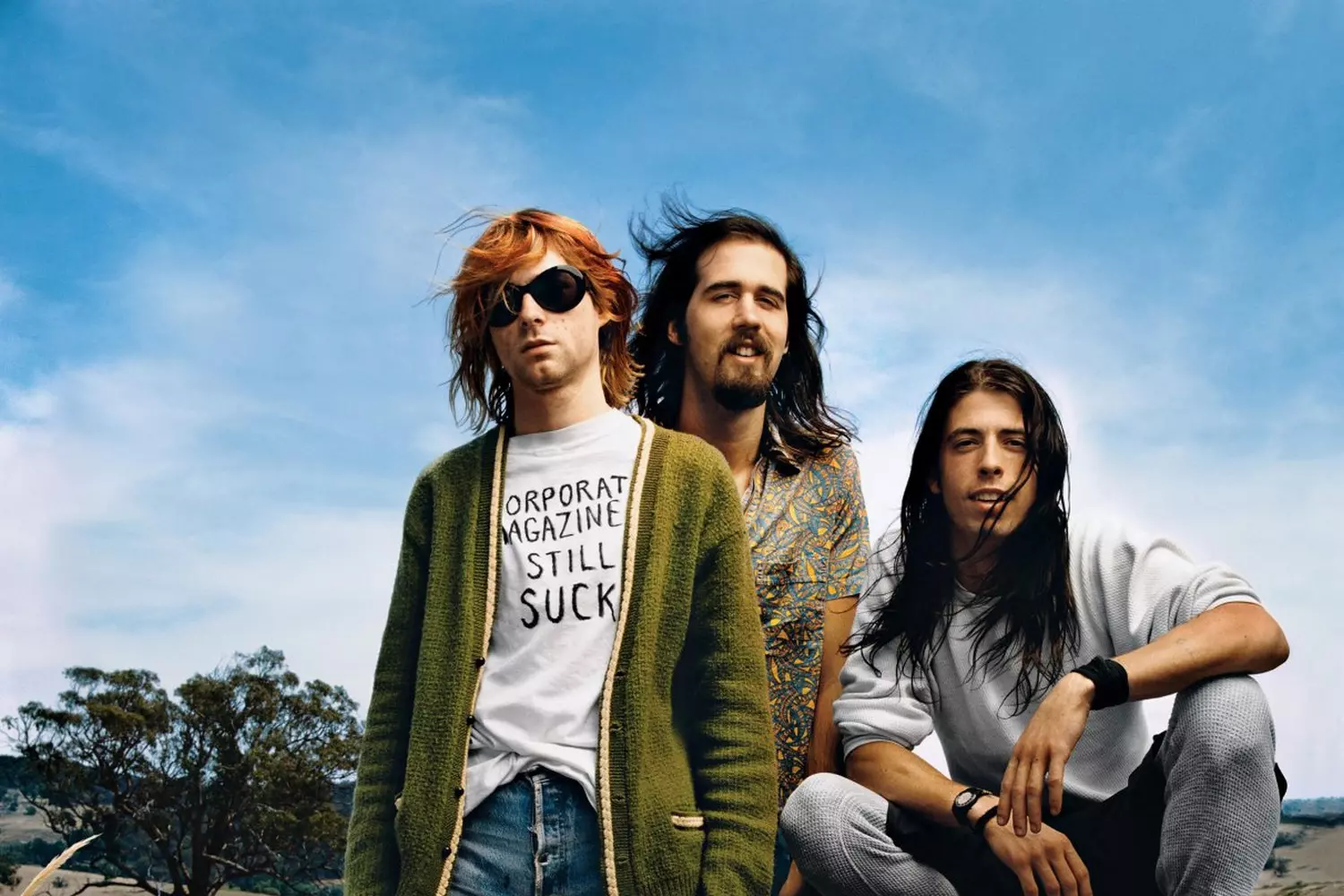
The Rise and Fall of Nirvana…
Nirvana was nothing short of prolific. Not a single failed single or album, sold-out live shows, and an explosive rise to global fame. For most rock musicians, this would be the ultimate dream. But not for Kurt Cobain.
Kurt began to experience severe health issues — most notably, intense and unexplained stomach pain. He later admitted he was willing to take anything just to numb the pain, even for a few minutes. At the same time, his marriage was rapidly deteriorating. According to close friends, Courtney Love seemed more interested in the money Kurt was earning than in his well-being. She reportedly even encouraged him to “numb the pain” for the sake of a big payday after a performance.
… and the Death of Kurt Cobain
Nearly all of Kurt Cobain’s final performances were played under the influence of drugs or alcohol, as he tried to fight through the relentless pain. By 1994, he had been hospitalized multiple times for overdoses — caught between life and death. His final attempt at recovery came when he voluntarily entered a rehab center for addicts. But he didn’t stay long — Kurt escaped.
He returned to Seattle, the city that had become his home, went into his empty house, and took his own life with a shotgun in the greenhouse.
According to the official report, he was under the influence of heroin at the time. But many question this — claiming that in such a state of mind, writing a note or positioning the gun so precisely would’ve been impossible. One of the persistent alternative theories is that Kurt was murdered by his wife, Courtney Love. To this day, the truth remains unclear.
The band immediately disbanded after the tragedy. Dave Grohl stated that without Cobain, there could be no Nirvana — not even in theory.

Did You Know...?
Things could’ve turned out very differently.
Did you know that Kurt Cobain once tried to apply to an art school — and never even dreamed of becoming a rock star? That his first song was written under a bridge in Seattle, during a time when he was homeless? Or that Nirvana recorded their most iconic album for just $600?
Behind the name Kurt Cobain wasn’t just the genius of grunge — but a fragile, thoughtful, and deeply sensitive human being who simply wanted to be heard. And the world heard him.
What Does the Nirvana Logo Mean?
Against the cheerful pop icon of the '90s — the classic yellow smiley :) — the Nirvana logo stood as its darker counterpart: just as yellow, but twisted and distorted. It was read by many as a critique of the era’s fake optimism.
What Happened to the Album Nevermind After Cobain’s Death?
After Kurt Cobain’s suicide in April 1994, the world seemed to suddenly remember just how powerful his music was — especially the album Nevermind. Within just one week of his death, album sales skyrocketed by 500%, and Nevermind climbed back up the Billboard charts, nearly three years after its initial release.
According to Universal Music, by 2024, Nevermind had sold over 30 million copies worldwide.
The Cultural Impact of Cobain and Nirvana
The cult surrounding Nirvana is still very much alive — and rightly so. Before or after them, no one has ever said so openly and so freely: “Yes, society may see me as a loser, but I have feelings too. I’m not blind, I’m not stupid — don’t throw me away like garbage.”
Nirvana carved out their own institution within rock music. They expanded how millions of people perceived the world around them and became a symbol of freedom, rebellion, and — perhaps most importantly — raw sincerity and simplicity.
Today, Nirvana is more than music. It’s emotion. It’s culture. Their tracks still play in teenagers’ headphones, adults pass them down to their kids, and people wear the band’s iconic logo on T-shirts — even if they don’t know a single lyric. That’s what it means to leave a real mark on history.
Cobain inspired hundreds of bands, reshaped how we understand rock music, and turned grunge into a symbol of truth. He proved that vulnerability doesn’t equal weakness — and that honesty, too, is a form of art.
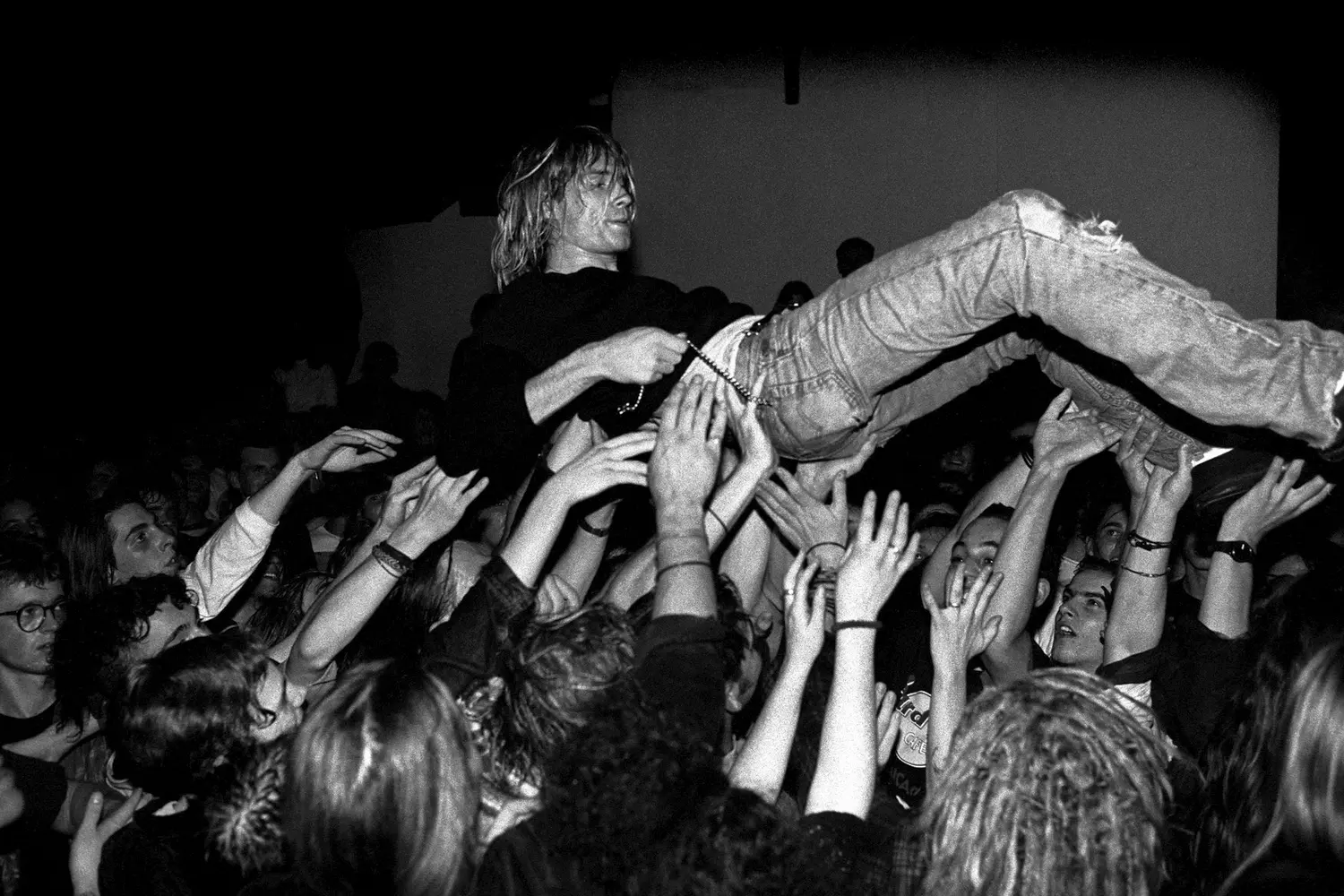
There’s only one thing better than listening to Nirvana’s music — and that’s listening to it while you’re in the USA… maybe even right there in Seattle.
Want to experience the legendary teen spirit for yourself? Let American Butler take you on a journey through the iconic landmarks of rock culture. A single message or call is all it takes to see just how powerful music — real music — can be. Discover the side of America where culture was born.














